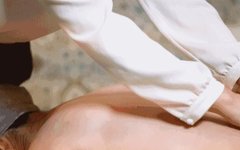Nowadays, more and more people are beginning to pay attention to health and wellness, with tuina massage shops and foot bath establishments being places they often frequent. Because these methods can help them relax their bodies, they do not pay much attention to the differences between them, leading some to believe that
Tuina ≈ Massage ≈ Foot Therapy ≈ Press and Rub
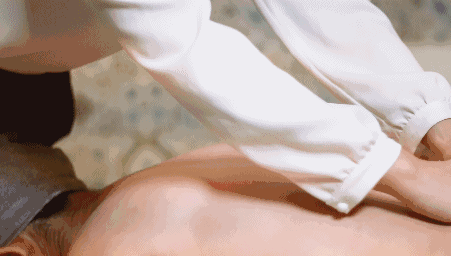
Some people have vaguely sensed their differences: When you feel tired, and want to relax, you see a “certain” foot bath shop, or a “certain” wellness center…… Thus, you experience the joy of relaxation as you go in and out! This is called “massage.” When you feel soreness and stiffness in your shoulders and neck, a professional physician gives you tuina, kneads, and presses…… You find that you feel much better instantly…… This is called “tuina”!
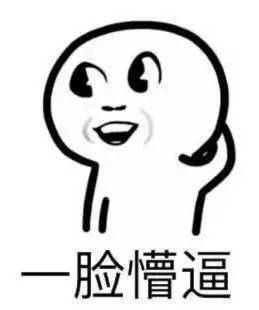
Is it really like this?Today, I will explain the differences between tuina and massage!
The Differences Between Tuina and Massage



 The main difference between massage and tuina is that tuina is more therapeutic, while massage is more for health maintenance. The commonality lies in alleviating discomfort through specific techniques, as detailed below:1. Tuina, as a clinical practice, has therapeutic effects on diseases. The techniques of tuina are more standardized and relatively complex, thus requiring that tuina be performed by qualified professionals. For example, joint reduction techniques, cervical spine manipulation, etc., must be performed by professional physicians. Tuina has certain effects on treating general muscle injuries, promoting circulation, and relieving pain.
The main difference between massage and tuina is that tuina is more therapeutic, while massage is more for health maintenance. The commonality lies in alleviating discomfort through specific techniques, as detailed below:1. Tuina, as a clinical practice, has therapeutic effects on diseases. The techniques of tuina are more standardized and relatively complex, thus requiring that tuina be performed by qualified professionals. For example, joint reduction techniques, cervical spine manipulation, etc., must be performed by professional physicians. Tuina has certain effects on treating general muscle injuries, promoting circulation, and relieving pain.
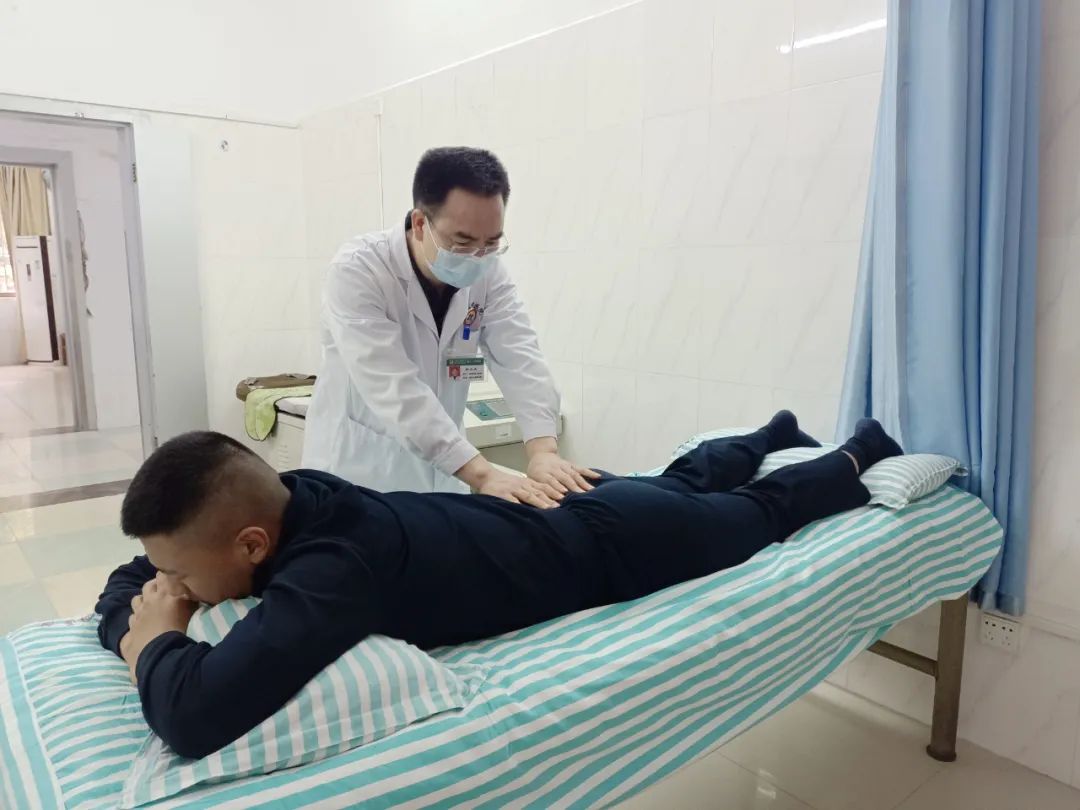
2. Massage is more of a health maintenance method, which can be used to relieve fatigue and discomfort symptoms, regardless of whether one is ill. The techniques are relatively simple, and the requirements for practitioners are also more lenient, generally requiring a massage therapist certification.
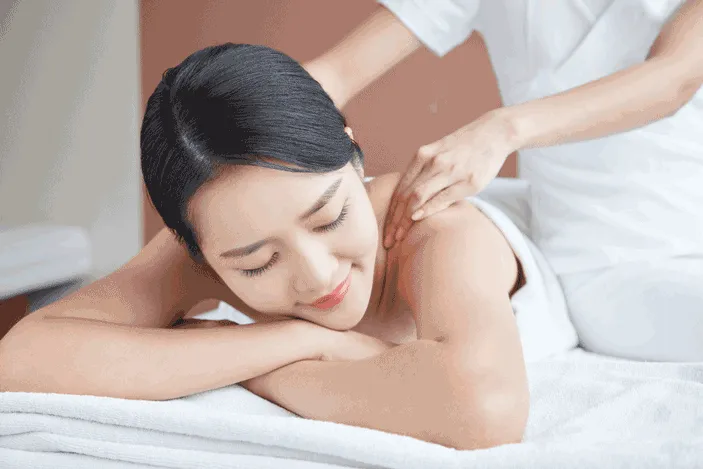





Are you really suitable for tuina?
Tuina has a wide range of therapeutic applications, especially for orthopedic diseases such as lumbar disc herniation, cervical spondylosis, shoulder periarthritis, stiff neck, acute lumbar sprain, lateral collateral ligament injury of the knee, piriformis syndrome, chronic lumbar muscle strain, myofascial pain syndrome, and knee osteoarthritis.
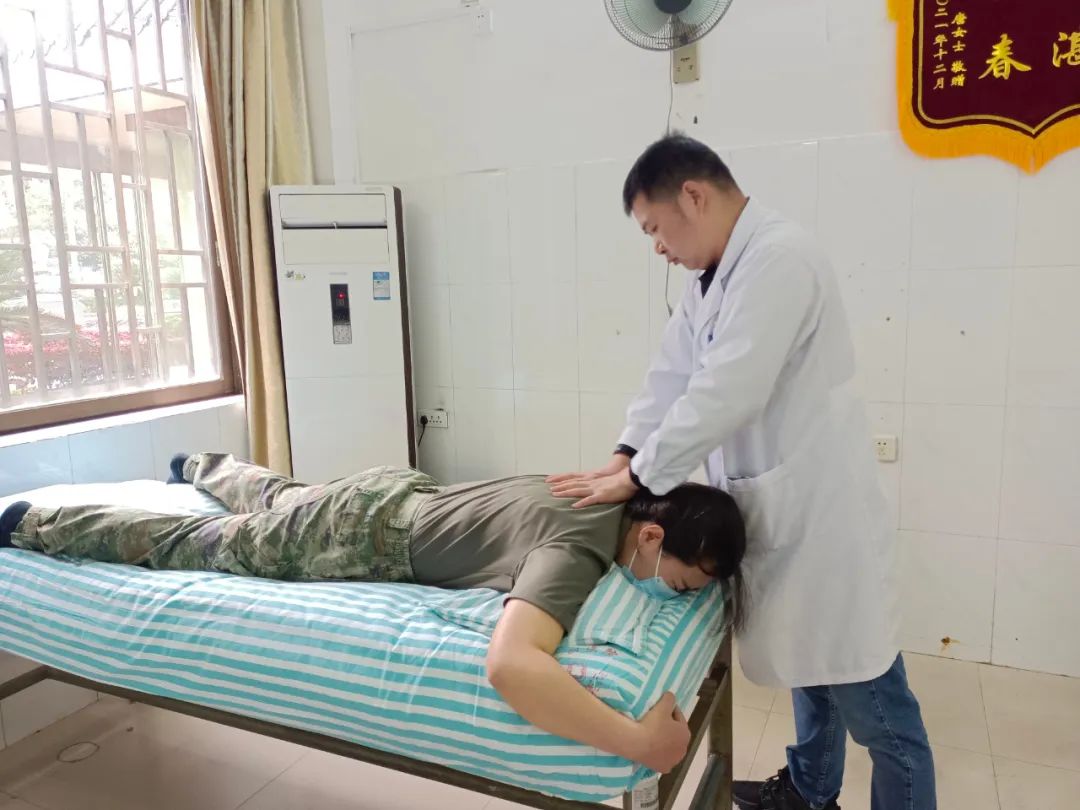
Situations where tuina is not recommended: skin problems, coagulation disorders, acute abdomen, infectious diseases, tumors, etc.
01
Case Sharing

Patient, male, came to our rehabilitation medicine department seeking treatment. After inquiring about his condition, Dr. Peng learned that the patient had a history of lumbar disc herniation and had experienced severe lumbar discomfort after lifting heavy objects at home a few days ago, making it difficult for him to bend over and severely affecting his normal work and life. Dr. Peng diagnosed him with lumbar disc herniation accompanied by acute lumbar sprain after carefully reviewing the lumbar CT. He immediately provided tuina and manipulation treatment for the lumbar region and suggested continuing treatment for a course to consolidate the effect. After completing the treatment course, the patient presented Dr. Peng with a banner.
02
Case Sharing

Patient, male, entered our clinic with a painful expression, supported by family members. Dr. Wu patiently inquired about his condition and learned that the patient had been experiencing dizziness and severe discomfort in the cervical spine for 5 days, especially at night when he could not sleep. After reviewing the patient’s cervical X-ray, Dr. Wu clearly diagnosed it as dizziness caused by atlantoaxial joint dislocation and immediately provided tuina treatment and manipulation. After 5 minutes of treatment, the patient’s dizziness disappeared, and he exclaimed it was miraculous. The next day, the department received another banner.
Warm Reminder
Tuina treatment holds an extremely important position in traditional therapies and is more easily accepted and recognized by the public compared to other invasive treatments. However, objectively speaking, while tuina is beneficial, it is not a panacea. Patients are reminded to heed their doctor’s advice and improve their unhealthy lifestyle habits to prevent disease recurrence.

Supervised by: Xiao Qing, Zhang XingqunReviewed by: Chen YongguanOn-duty editors: Wei Xinping, Si LingmeiProofread by: Wei JinxiuSponsored by: Political Work OfficeSource: Rehabilitation Medicine Department

